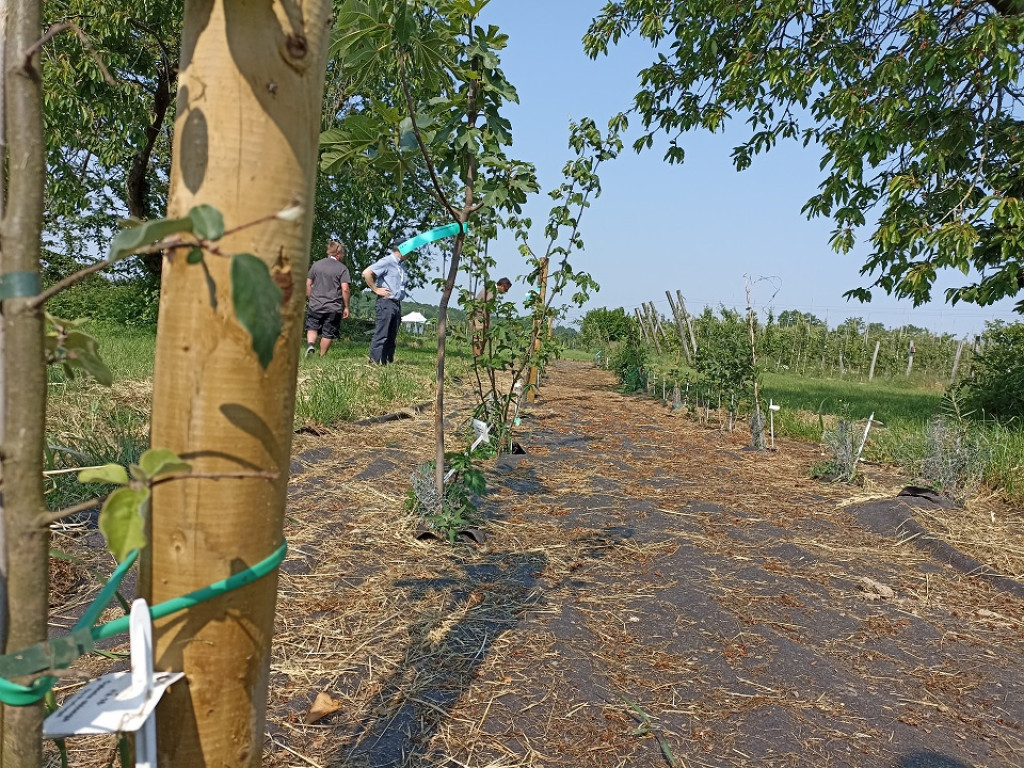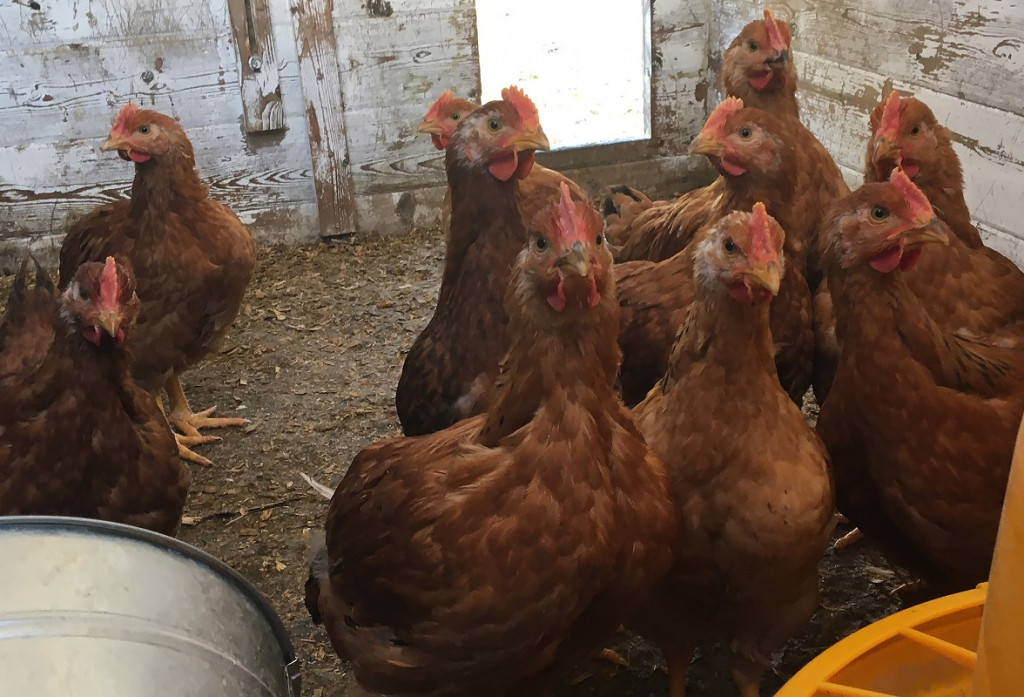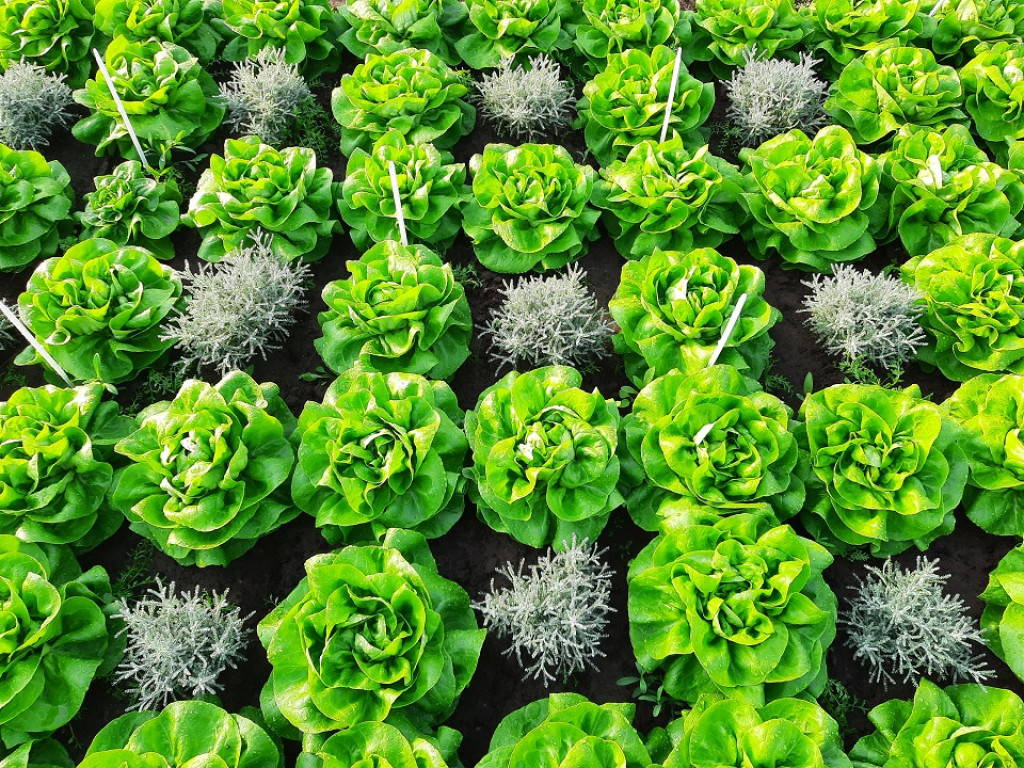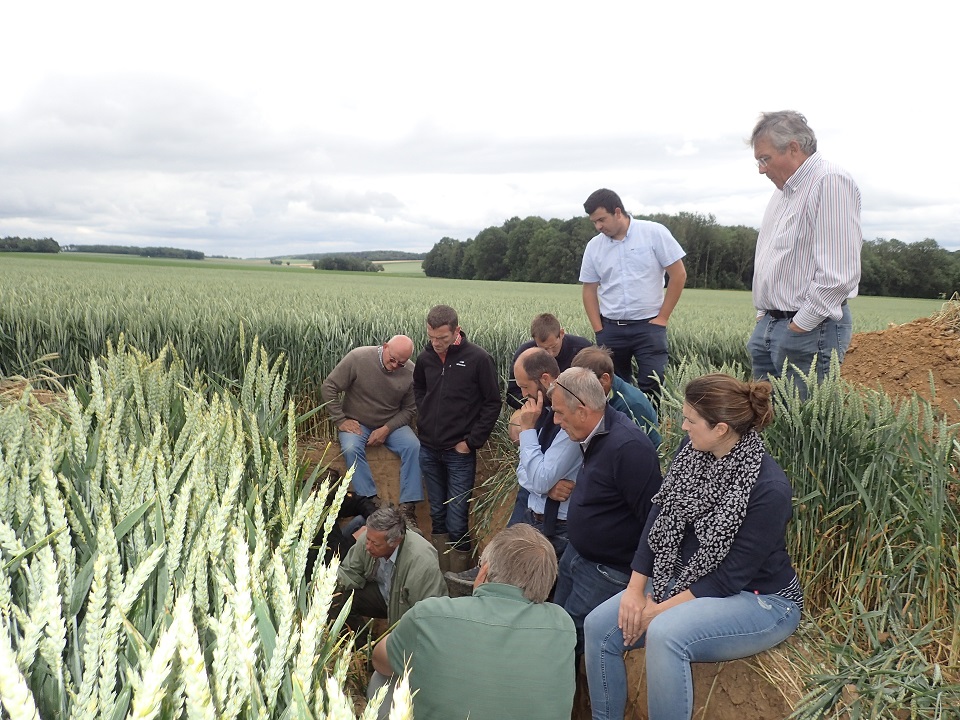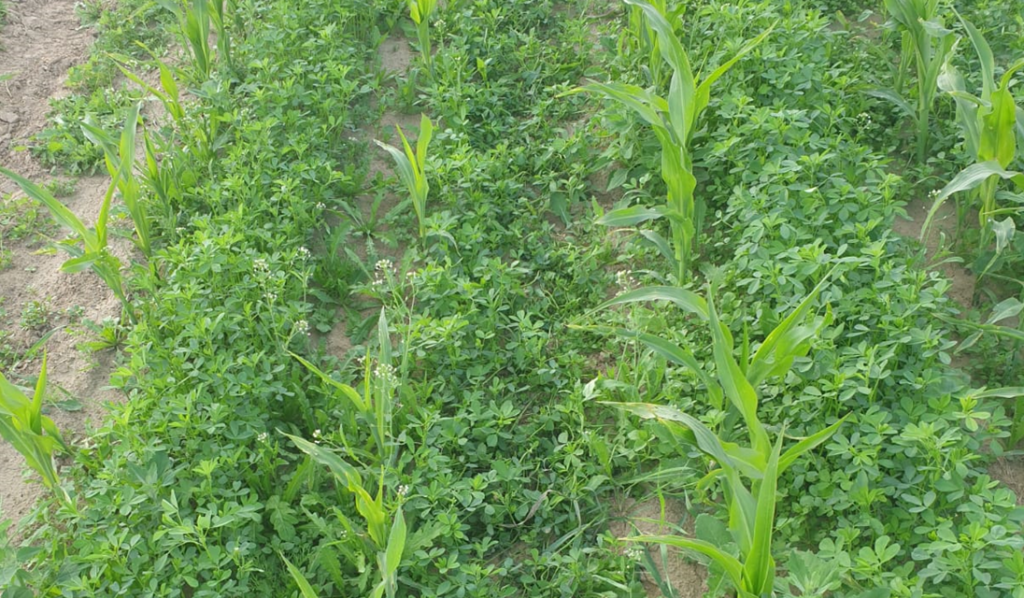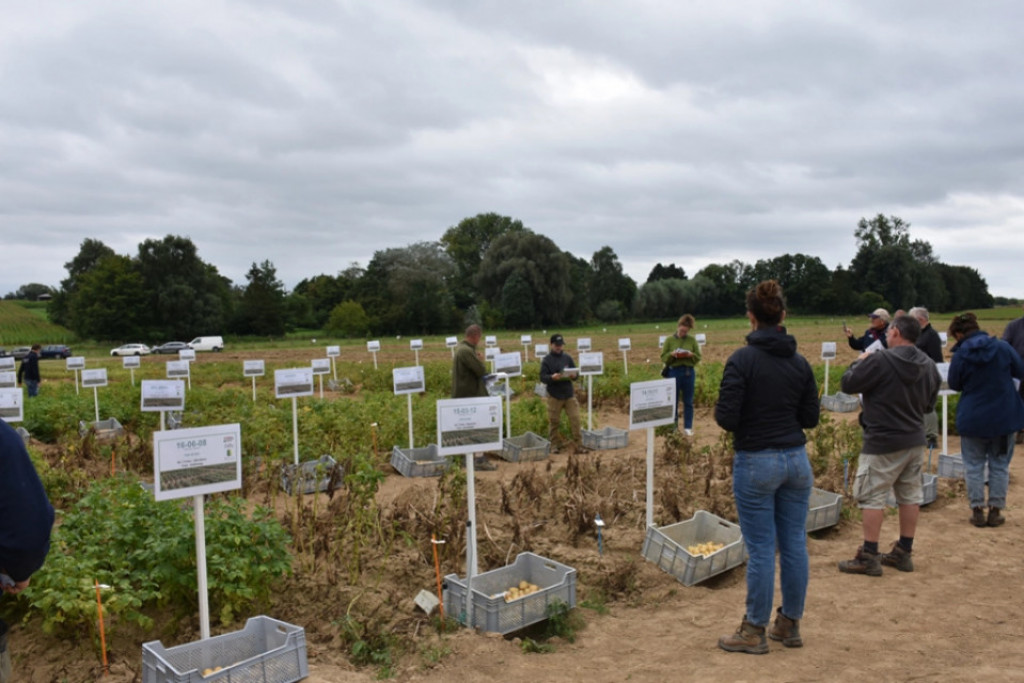Orchards are interesting habitats for biodiversity due to their perennial character and their diversified structure. They are potentially attractive for both pollinators and pests’ natural enemies. Diversifying orchards with non-crop vegetation such as flower strips can provide additional opportunities to maintain and develop these populations and thus optimize ecosystem services. Therefore, flower strips in drive alleys enhance the complexity of the orchard ecosystem, which is attractive to many species of predators, parasitoids and pollinators. A diversified and complex ecosystem provides better biological pest control.
-
• They provide natural enemies with shelter and food (pollen, nectar, alternative preys) that allow them to maintain their populations within the orchard and to produce more offspring.
-
• The flower strips’ proximity to the crop makes it easier for the predators and parasitoids to reach the pests and thus increase biological pest control, especially for little, mobile species.
-
• Undisturbed ground zones in flower strips promote beneficial arthropods that live on the soil surface such as ground beetles and spiders that feed on pest larvae.
This technical leaflet provide main informations to install perenial flower strip in fruit orchards as well as some research results obtained in the frame of the ERANET Core Organic Plus "EcoOrchard" project (2015-2018).
Attached files

